About Nish from Wild Sea Creative: Nish is a seasoned brand strategist and digital marketing specialist…
10 step Website health checklist. Learn how to help your website perform like it was designed.
Here’s a checklist of things you can do to make sure your website is healthy and has a maximum chance of doing its job – which is to lead viewers to some form of action.
Owning a website isn’t a set and forget kind of deal. The web is constantly growing and evolving, just like your business… so I recommend you read thru the list below and make some notes. A lot happens in a year, so it makes sense to revisit your website with fresh eyes and use this list as a guide.
Contact me if you would like a free website appraisal. I can help you use your website more affectively and explain things in common language.
Visit my website portfolio to see my latest website projects and learn about the journey. I’ve written up a short case study about each project.
1. Call to action
When people land on your website, have you checked your call to action is up to date and clear. At a glance what problem do you solve?
What is it you want to lead visitors to do?
Some examples might be:
Read your latest blog post, fill in a form, buy a product, register for an event, watch a video, make contact… just to name a few
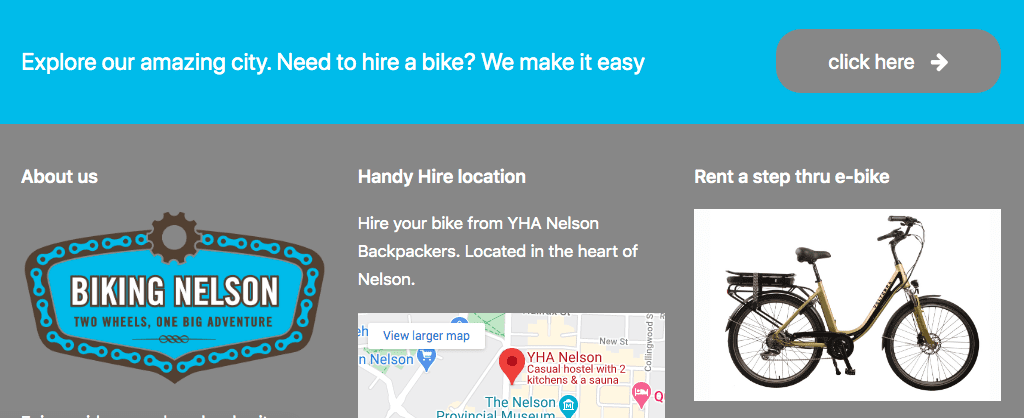
2. Site Speed
Google Page Speed Insights is a free website tool that allows you to paste your website address into. It scans the website and gives you a percentage speed for mobile view and desktop view plus makes suggestions for what you might need to do to speed it up. It shows Red, Amber, Green. 70% – 100% is considered fast Click HERE
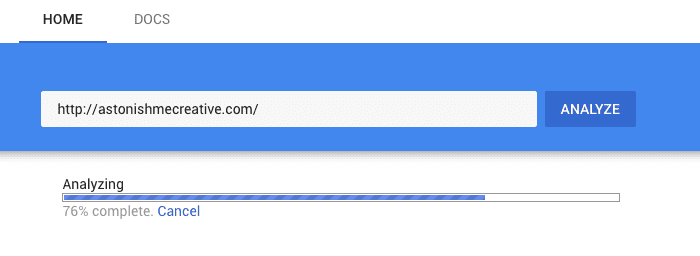
3. Security
Does your website have an SSL certificate? This encrypts your website making it more secure and less likely to be hacked.
If it says “Not secure” in the browser that means you don’t have an SSL certificate. Would you trust your credit card details, or enter your email address in a form on a non-secure website? Most people will leave the site.
If it displays a small padlock icon that means yes, you have an SSL certificate.
SSL Certificates are purchased from the hosting company. Our websites come with free SSL certificates included with the hosting. (worth $100)

4. Mobile Friendly
On average 80% of all website traffic is viewed by mobile phones these days. Check your site on your mobile phone.
Do the email and phone call links work? Send a test email to yourself. It’s a critical part of your websites core functions that often gets overlooked.
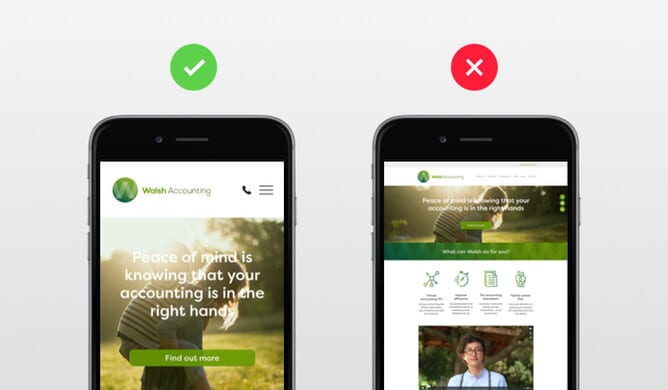
5. Location
Google needs to know where you are based, so having an address is vital if you want to show up in local search results. There’s a lot of websites out there! Make it easy for Google to refer people in your location to visit your website.
What’s the point of getting traffic from the other side of the globe if that’s not where your target market is? Embed a Google Map and add the address details in the footer.

6. Plugins up to date
Plugins are small programs that do specific tasks on the website. Often built by a wide range of different companies, who sometimes go out of business, so the plugin they created may be conflicting or slowing your site down, or not working on the latest version of Google.
In WordPress, you can update them easily in the dashboard. It only takes a minute. If you have more than 5 Plugins out of date, it could be causing your site to run slow, or have parts not work properly.
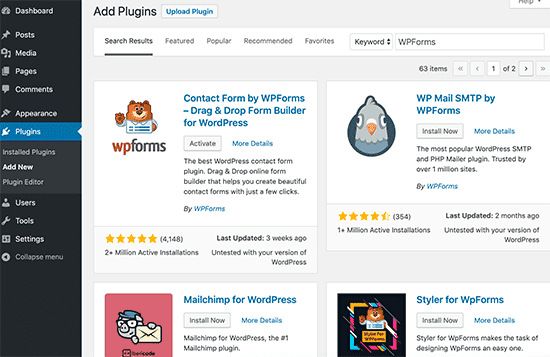
7. Blog posts
When was the last time you put up a new post? I recommend twice a month as your site will look dated if it says 2014.
Google needs new info to know your site is active and search worthy. Think of it as your shop window.
Keep it interesting, up to date, relevant for your readers.
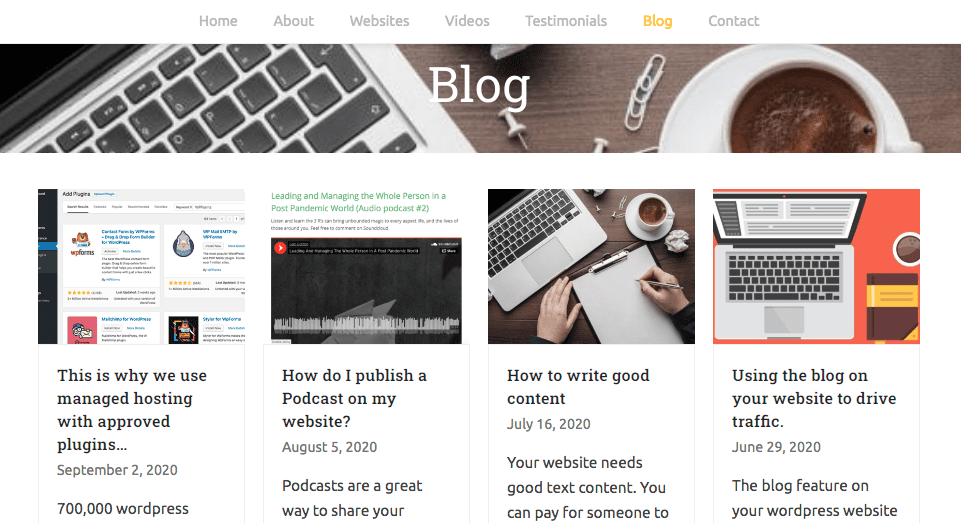
8. SEO
Search Engine Optimisation is the process that helps your site work better in Google searches. Unless they know the name of your website, this is where they begin the search. You need good quality content to rank high in the modern web environment.
Yoast SEO is the best plugin for this. It’s FREE. It evaluates the page’s content and provides feedback on how to improve the content to increase the chances of ranking higher for that search term.
Do you know what keywords your searchers type into google? For example. A Motel in Nelson could be “Nelson Accommodation Motel” Your text content needs to include these words.
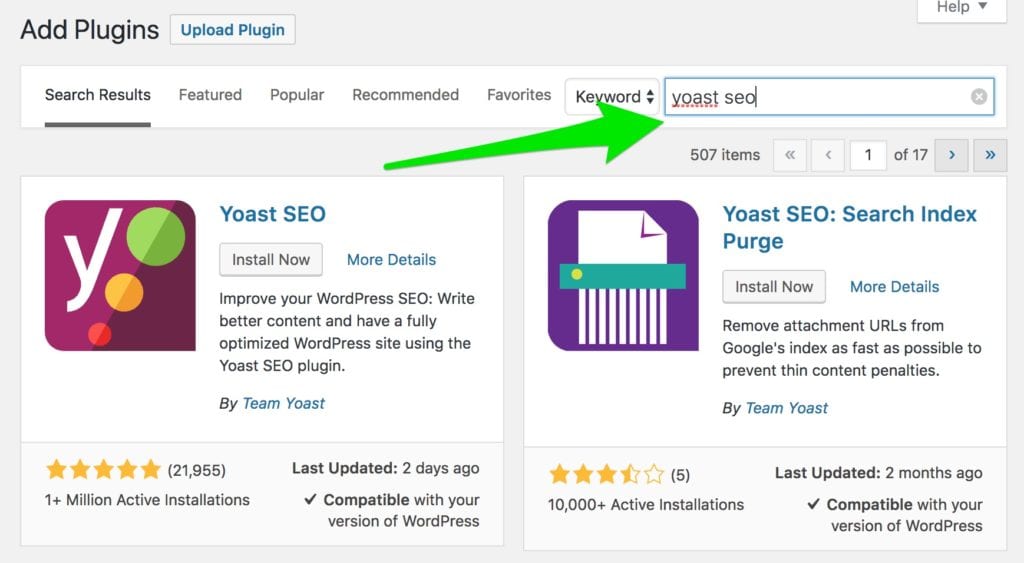
9. Font size
It’s amazing how many people will leave a website because the font is too small. Modern looking websites look great with body font-size 17px. The quickest way to make a website difficult to read, or look dated is to use small 12px fonts. In WordPress, you can set the font size for different devices e.g. iPad, Mobile phones can be a bit smaller 15px.
Having a white background with Dark Grey text makes it easier for your content to stand out and read on all devices.

10. Spelling and Grammar
Download Grammarly and set it up with your web browser. It will underline any spelling mistakes or make Grammar suggestions. When people land on your website you don’t want a spelling mistake to make you look unprofessional. It’s a free tool and you will be surprised at how much it improves your writing, especially with new blog posts.
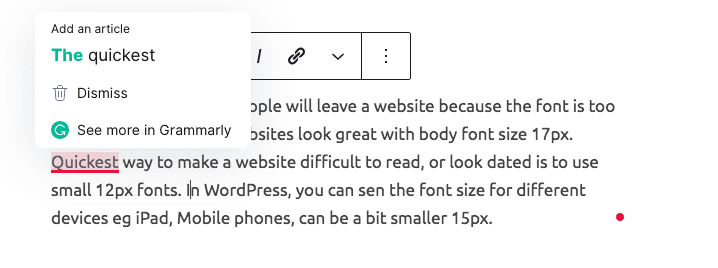
Confused? Have questions? Need help?
Get in touch for a free website appraisal today! Click HERE



